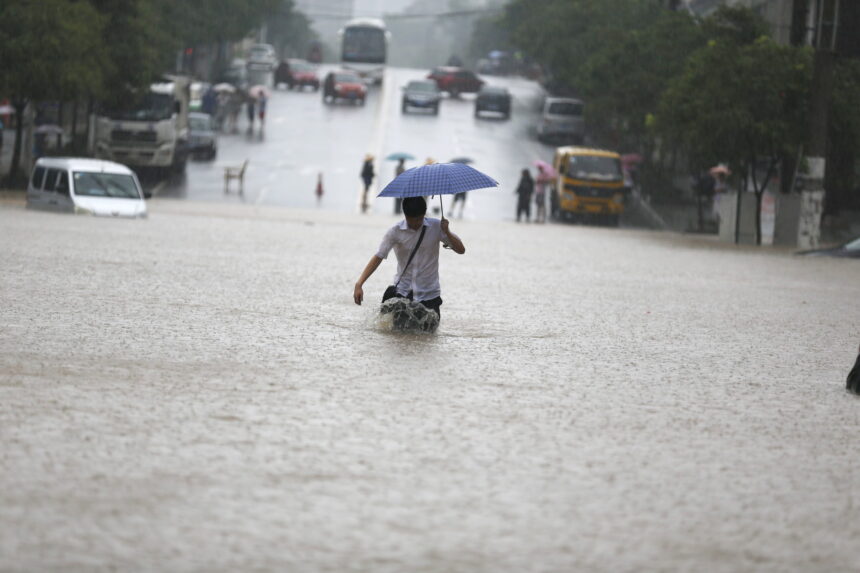A new study paints a concerning picture for China’s sinking coastal cities. The research reveals that factors like groundwater extraction and building weight are causing these cities to sink rapidly. This subsidence, coupled with rising sea levels, threatens to put hundreds of millions at risk of flooding within the next century.
Groundbreaking Research and Methodology
The study, published in the journal Science, involved researchers from universities across China and the United States. They utilized data from European Space Agency satellites to map subsidence across 82 major Chinese cities. These cities represent nearly three-quarters of the country’s urban population.
Alarming Findings: Cities at Risk
China’s sinking coastal cities are facing a critical threat. The study reveals that approximately one-third of residents in these major urban centers inhabit areas sinking faster than 3 millimeters annually. Alarmingly, 7% of the population resides in regions subsiding at an even more rapid pace, exceeding 10 millimeters per year. Cities like Tianjin and Beijing are particularly vulnerable to this phenomenon, identified as hotspots in the research.
Impact on Population: A Growing Threat
The analysis estimates that roughly 270 million Chinese citizens currently reside on sinking land. This number is equivalent to almost one-third of Europe’s population. Even more concerning, the population living in rapidly subsiding regions is estimated at 67 million, roughly equivalent to France’s entire population.
Future Outlook: The Coastal Challenge
The long-term outlook is particularly grim for coastal areas. The study predicts that subsidence and rising sea levels will submerge between 22% and 26% of China’s coastal land by 2120These areas are home to roughly 10% of the country’s coastal population.
Compound Floods: A Critical Threat
The research emphasizes the critical threat posed by “compound floods.” Indeed, these flooding events result from the combination of rising sea levels and city subsidence. Therefore, to address this issue, the study calls for collaboration between policymakers, scientists, and engineers. They must develop and implement effective long-term solutions, with a particular focus on controlling groundwater extraction. Shanghai, with its ongoing efforts to manage groundwater use, is highlighted as a potential model for other cities.

